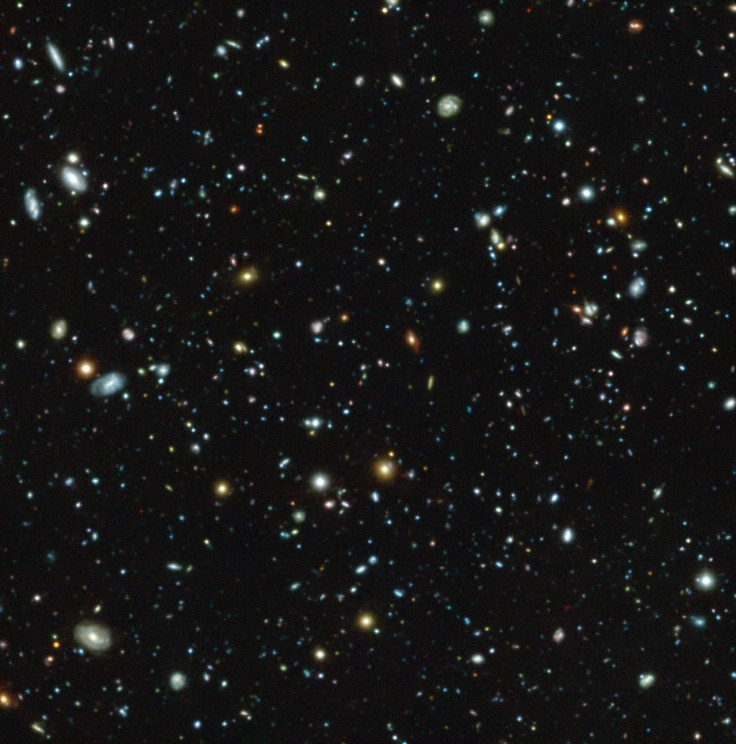Scientists just found 72 galaxies hiding in the sky and there could be alien worlds out there
The discovery was made using MUSE instrument mounted on top of ESO's Very Large Telescope in Chile.

Astronomers working with the Very Large Telescope (VLT) in Chile have discovered as many as 72 never-before-seen galaxies in a small patch of the southern sky.
Back in 2004, the Hubble Space Telescope studied this region and had found an estimated 10,000 galaxies, some of which are as much as 12.8 billion years old. The area later came to be known as Hubble Ultra-Deep Field.
But now, in a surprising discovery, researchers have found 72 more candidates to add to this list. The galaxies were detected using the Very Large Telescope's MUSE (Multi Unit Spectroscopic Explorer) instrument, which was used to study the properties of some 1,600 galaxies in the same patch.
This, according to a report in Futurism, means that we now have more planets than ever to search for alien life. Taking Milky Way's average number of stars and planets within each star system, it is estimated that these 72 galaxies could have as many as additional 57 trillion planets to explore.
But, it is worth noting MUSE did not take a direct image of the new galaxies, like Hubble and other telescopes. The instrument measures different colours of light emitted, absorbed, or scattered in space, according to Space.com.
"MUSE has the unique ability to extract information about some of the earliest galaxies in the Universe – even in a part of the sky that is already very well studied," explains Jarle Brinchmann, lead author of one of the papers describing results from this survey.
"We learn things about these galaxies that is only possible with spectroscopy, such as chemical content and internal motions – not galaxy by galaxy but all at once for all the galaxies!"
Interestingly, the 72 new galaxies were emitting only one colour of light called Lyman-alpha radiation, which Hubble couldn't detect in previous studies.
Among other things, the MUSE instrument also spotted halos of hydrogen gas around some of these galaxies – a fact that could help researchers understand how stars formed in the early universe just after the Big Bang.
The findings of the study are published in Astronomy & Astrophysics.





















